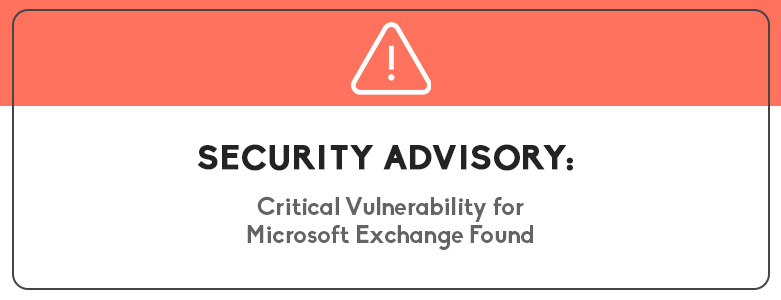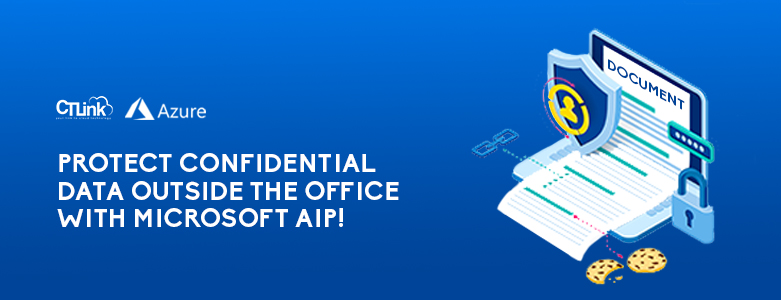Security Advisory: A Critical Vulnerability for Microsoft Exchange for Immediate update

It has recently been reported and come to the attention of Microsoft of two critical zero-day vulnerabilities that affect Microsoft Exchange Server 2013, Exchange Server 2016, and Exchange Server 2019. The first one, identified as CVE-2022-41040, is a server-side request forgery (SSRF) vulnerability, while the second one, identified as CVE-2022-41082, allows remote code execution (RCE) […]
Protect Confidential Data outside the office with Microsoft AIP!

Data is the cornerstone of a business; this is why security is a major factor in any IT environment. However, security does not safeguard your data once it leaves the network perimeter, whether it was shared within or outside the network. Many companies are aware of this and are now looking into ways to solve […]
